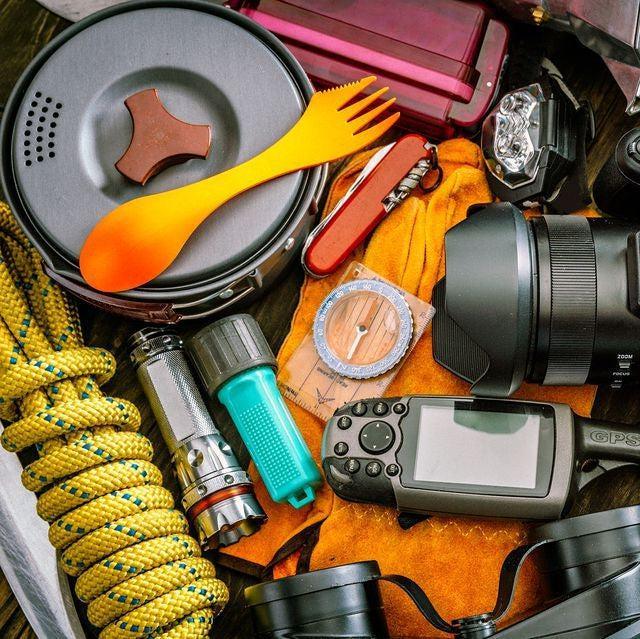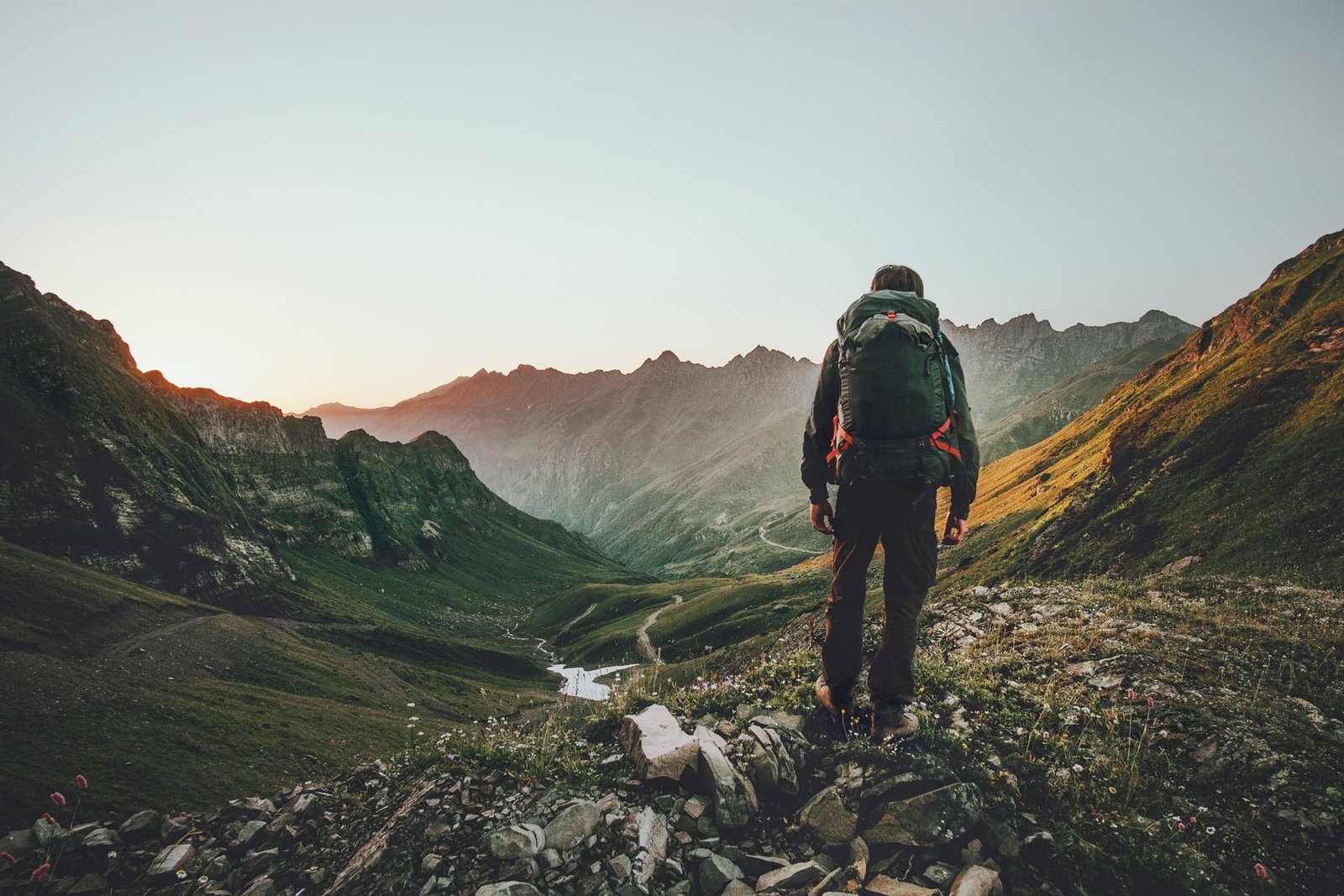
How To Build Your Own Endless Food Supply At Home For SHTF
Share
Aquaponics is a food producing system that is built on a symbiotic relationship between fish and plants.
The plants will filter the water naturally and this will create a clean environment for the fish to grow and thrive. At the same time, the fish will produce waste that will organically fertilize the plants.
The result of this symbiotic relationship are large, prolific plants and fish that can be harvested and eaten. Fish like tilapia, trout and catfish can all be grown in an aquaponics system.
The carcasses of these fish can even be used in the soil based garden so that your system creates virtually zero waste. This is why the aquaponics system holds such appeal to the homesteader.
We are going to build a DIY aquaponics system using a simple hydroponics setup as the base.
This system will produce food outside in the sunlight or you can bring the whole system indoors, under grow lights, to produce food all year long.
Quick Setup Aquaponics Tip
When you are setting up your aquaponics system, the germination of seeds and the development of seedlings will have you waiting weeks to get your system up and running.
You can bypass this long wait using a simple trick. Soil potted seedlings, like those at your local hardware or garden center, can be easily transferred from their pots to your new system.
Materials
- Plant Hydroponics PVC System (includes cups, water pump, seed starters)
- Large Basin
- Clay Pebbles
- Seeds
- PH Test
- Plant Nutrient
- Fish Food
Assembling the PVC System
1. Whether you decide to buy one or cut your own PVC you will need to assemble the hydroponics portion first.
2. If you are assembling your system from scratch do not forget to drill 2” inch holes evenly spaced the length of your growing pipe. These holes will house your growing cups.

3. Connect all of your growing pipes before adding a reducer for your pump hose. This should go on one end of the connected pipes.
4. On the other end you should connect your outflow pipe.

5. Your PVC frame can be built next to hold your system in place.
6. Using your basin or a small 5 gallon bucket you can test inflow and outflow of your system.

Starting Seeds
1. Seed starters like rock wool or even foam are great ways to get seeds started. Start by placing a seed or two at the center of each.
2. Place these in an area that can hold a shallow bit of water and allow the seeds to sprout.
3. Place the sprouts outside or under a grow light.
4. Meanwhile open your clay pebbles and soak them in a 5 gallon bucket. Shake them around a bit and then drain them. These will protect the roots of the plants in your system.

5. Once they become seedlings they can be transferred to your system.
6. Read the directions on your growing nutrient and make sure you have enough nutrient in your water to support the seedlings or plants that you are adding to the system.
7. Seedlings potted in dirt can have their roots rinsed clean and transplanted into a hydroponics system. They cannot go back into the dirt after this, but they can go from dirt to water without issue.

8. Test the PH of your water, and adjust if necessary, using a PH Test kit and then add your plants.
Adding Fish
1. Fill your basin with water. If it is from the hose you will have to treat it for the chlorine. This is toxic to your fish and will kill them almost instantly. Water from rain barrels is much better.
2. Water from the hose will be cold and your fish can also die from shock if you do not allow them to acclimate to the temperature.
3. You can sit the bag in the basin water to allow the fish to get comfortable and acclimated in the new temperature.
4. Finally release them into the water. Some may die and that is ok.
5. We started our system with some minnows and goldfish to keep it cheap and easy. I suggest you do the same so if you have loss, you aren’t out $100 or more for fingerling trout.
6. Feed the fish daily and keep an eye on PH for your plants and your fish.
This system will require you to keep and eye on it but little more than a daily check in is required and the annual cleaning out of the whole system.
Owning an aquaponics system does require an initial investment, but it can be a very rewarding experience. There is nothing like the feeling of sitting down to a meal made completely from plants and fish grown and harvested from one’s very own aquaponics system.


